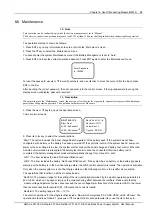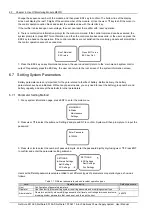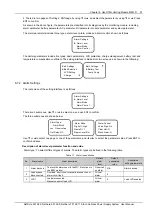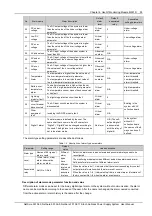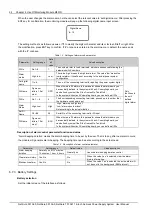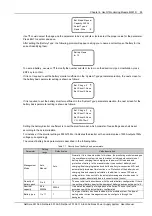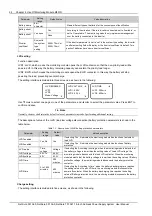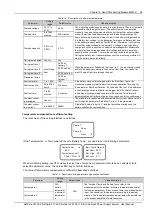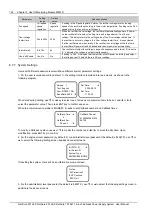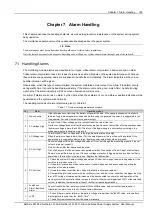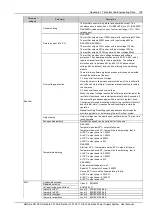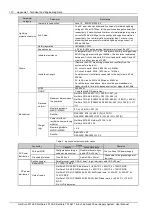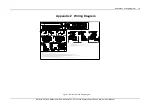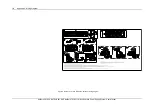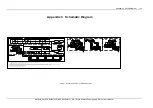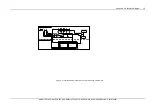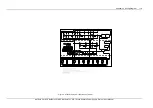
Chapter 6 Use Of Monitoring Module M501D 103
Change Password:
User
After selecting a value in the ‘Modify Password’ and pressing the ENT key, the password may be modified.
Enter Password:
123456
Input Again!
To name a password, use ▲ or ▼ to modify the number and ◄ or ► to move the direction. Upon modification, press
ENT key to confirm. During the setting process, it must input the same numbers twice.
4. Password setting and use rules
1) Password can be set to 0 to 6 digits. 0 digit indicates there is no password. When modifying the password, set the
first digit of the password to ‘#’ or null, indicating there is no password.
2) The password can be set to numbers and capital letters and lowercase. The capital letters and lowercase are
different.
3) After inputting the correct password, stop operating the keypads and the password will remain valid for 4 minutes.
In other words, if the user inputs the correct password and operates the keypad constantly, the password will be valid.
If no operation is performed to the keypad, the password will be invalid after 4 minutes.
4) If the user level password is identical with the administrator level password, the monitoring module will consider
the administrator level password as the default password authority by default. That is to say, if it is set to ‘null’ by the
administrator, all users can access with the administrator level.
16. Note
If the administrator password is set to ‘null’, all operations to the monitoring module will be open. Only is the maintenance
personnel allowed to perform setting, otherwise incorrect setting may cause system abnormality.
It is better to use the 6-digit password recommended.
5. The value of system parameter is described in the table below.
Table 1.1 Description of system parameters
Parameter
Setting range
Default
value
Value description
Text
English, Spanish, Portuguese,
German, Italian, French
Englis
h
Set according to customer need
Local address
1 to 254
1
The addresses of power systems that are at the
same monitored office should be different
Communication Mode
RS232 YDN,MODEM YDN ,
MODEM EEM, MODEM EEM
R, RS232 EEM ,RS232 EEM
R, MODEM SOC, MODEM
SOC R, RS232 SOC, RS232
SOC R, MODEM S-T, MODEM
S-T R, RS232 S-T, RS232 S-T
R
RS232
YDN
The value ‘MODEM’ indicates communication
through the modem under China Telecom protocol,
while the value ‘RS-232’ indicates communicaiton
through the transparent serial port under China
Telecom protocol. The value ‘YDN’ refers to China
Telcom protocol, ‘EEM’ refers to communication
under the EEM protocol, with no alarm reported. The
value ‘SOC’ refers to communicaiton under the SOC
protocol. ‘R’ indicates reporting alarm. ‘S-T’ indicates
that TPE acts as the communication protocol
Baud rate (bps)
1200, 2400, 4800, 9600
9600
Ensure that the baud rates of the sending party and
the receiving party are consistent
When the
communication
mode is selected
as ‘MODEM’
Call-
back
times
1 to 10
3
Set as required. If the MODEM is in the extension
status, it needs to add ‘,’ between the dialed number
and number requried for Callbacking to form a delay.
If the Callbacking number has no 19 digits, end with
‘#’
Call-
back
number
19 digits maximally
NetSure 501 A50, NetSure 501 AA0, NetSure 701 A51 19-Inch Subrack Power Supply System User Manual

